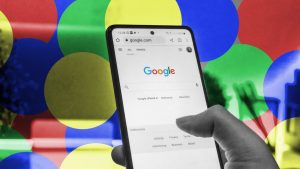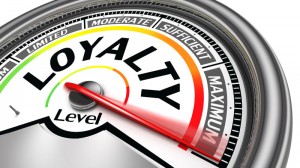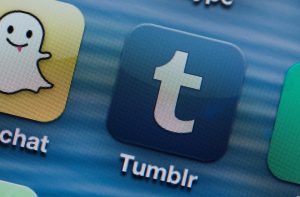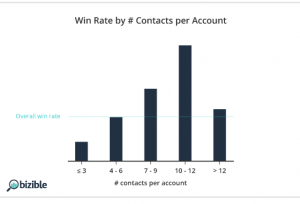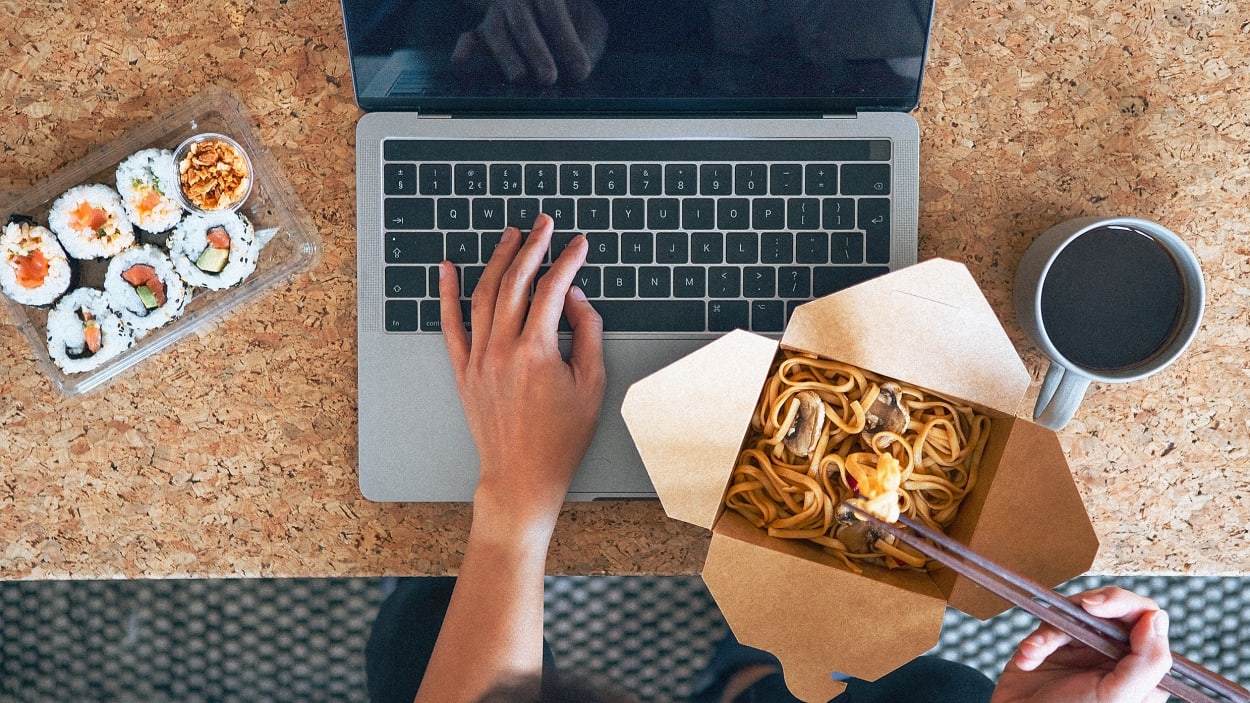
Like many downtown business districts across the U.S., Newark, New Jersey’s central business area is full of restaurants catering to the office crowd. With negligible residential populations to serve, these restaurants follow the daily drifts of workers’ coffee breaks, lunches, and early evening happy hours. Without workers, though, these restaurants would wither. And during the pandemic, many did.
“When the pandemic hit, it was basically tumbleweeds,” says Josh Miller, who co-owns two restaurants in downtown Newark, Robert’s Pizzeria and La Cocina. The Bureau of Labor Statistics (BLS) estimates that more than 150,000 restaurants closed nationwide in 2020. “We were doing everything we could to stay in business and continue, but there was very little that you could do. There were no people. Our community went home.”
Now, that community is coming back to the office, albeit gradually and/or for only a few days a week. In an office landscape radically affected by the pandemic, hybrid work is posing a new kind of challenge for restaurants like Miller’s. Lunch crowds are returning, but in far fewer numbers than before the pandemic. So in an effort to add some consistency to office-serving restaurants’ operations, Newark-based Audible has created Newark Working Kitchens Delivers, an app that redirects some of its corporate cafeteria budget to credits that workers can spend at a rotating selection of local eateries.
Before 10 a.m. every day, Audible workers can select a lunch order from one of a handful of local restaurants, which is then delivered either at noon or 1:30 p.m. Each day’s participating restaurants start their day with a bulk order from Audible’s app, giving them guaranteed business and helping to keep their doors open.
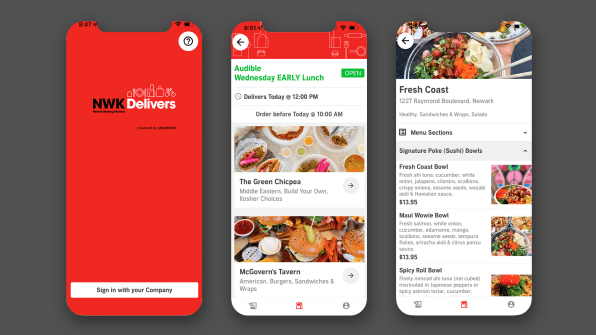
The app is the latest evolution of Newark Working Kitchens, an effort Audible launched in April 2020, which pooled contributions from Newark’s corporate community to pay for and deliver locally cooked restaurant meals to residents hit hardest by the health and economic blows of the pandemic. The program enabled restaurants to stay operational during many of the hardest months of the pandemic while providing hundreds of thousands of free meals to those most in need.
During the peak of the pandemic, Audible CEO Don Katz told Fast Company that locked-down companies like his had an obligation to use their substantial and unspent food and travel budgets to give back to the less fortunate. “If you’re a healthy company and you’re battened down and you’re not fighting just to stay alive,” he said, “you could look at your [profit and loss statement] and realize you could probably help your community yourself.”
Now, the program is changing to meet this new challenge facing Newark’s restaurant community. “This is no longer an immediate-relief response,” says Aisha Glover, Audible’s vice president of urban innovation. “This is more about our economic recovery.”
About 13 restaurants are currently participating in the program, and Glover says the app is being piloted among Audible employees before potentially spreading out to other large employers in the city. Every meal delivered is also matched, giving thousands of free meals to residents through partnering nonprofit organizations. Since the app’s launch in June, more than 6,000 meals have been matched.
Nearly 40 restaurants have been involved in the Newark Working Kitchens program, and now with NWK Delivers, Glover says they’ve been able to save an average of eight jobs per restaurant, 70% of which are staffed by Newark residents.
For restaurant owners like Miller, participation in the programs has helped keep people employed. He says that one day last week he found himself looking out at his kitchen staff as they were preparing the day’s NWK Delivers orders. “We’ve got six people just chugging along here making these orders,” he says. “To be honest, I don’t know how many of those key people I would have been able to keep.”
But the evolution to a delivery app is about more than just stabilizing small businesses during a turbulent time. Glover says it’s also a local way for restaurants to counter the high costs of participating in meal delivery apps like Grubhub and DoorDash. “I think this can be a great disruptive model,” she says.
“It’s a great alternative to the third-party delivery system, which takes a giant chunk,” says Miller. Even so, he acknowledges that being on those apps is another means of survival for restaurants like his.
Speaking by video call just before the day’s NWK Delivers orders were set to arrive, Miller did voice-one-squabble with the program. Even though employees can start ordering their meals the night before, restaurants only get the full day’s order at one time in the morning, giving workers as little as an hour and a half to prepare and bag dozens of individual meals. “It doesn’t seem like 30, 40, 50 orders would be a lot for a restaurant to handle, but in general you don’t get 40 individual orders at the same exact time,” he says.
Miller has no plans to leave the program, but he’s hoping the app can be tweaked to at least give restaurant owners a bit more visibility into what’s being ordered before kitchen crunch time. For now, he just sees the total amount of money coming in but can’t see what foods he’ll need to be getting ready. “I just looked in, and there’s about $100 worth of business,” Miller says. “I have no idea what it is yet, but we’ll know in 15 minutes.”
(19)

